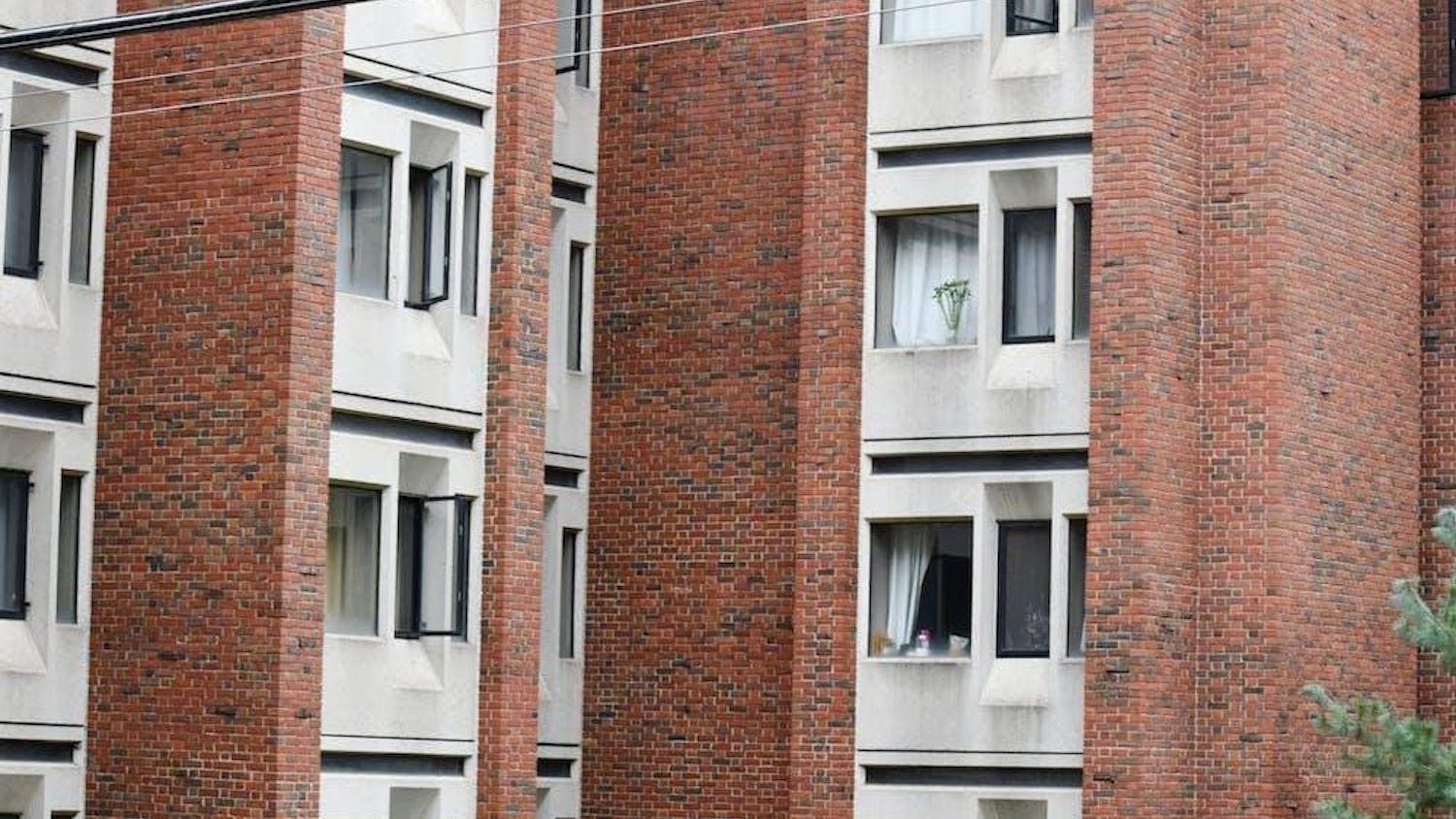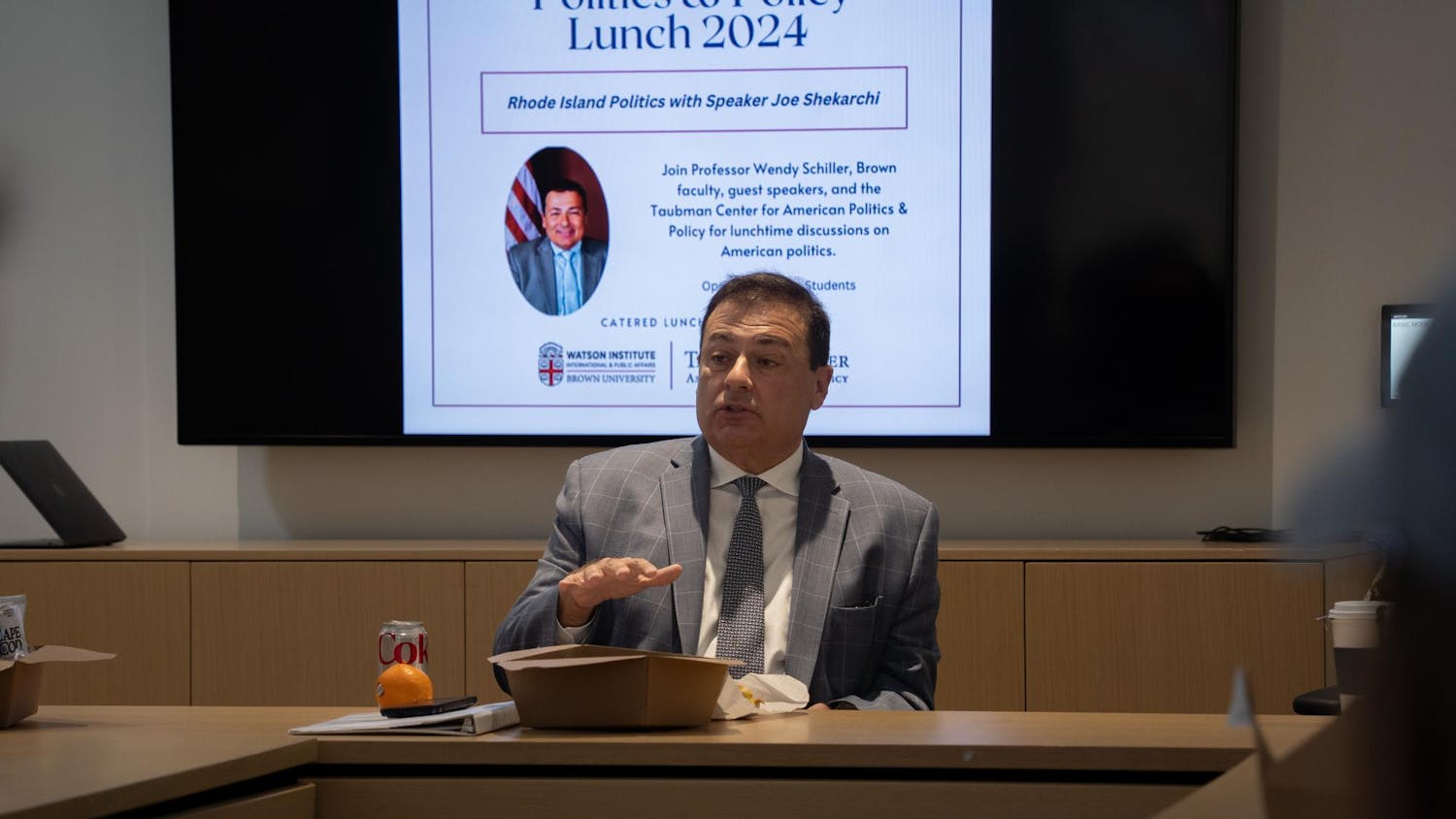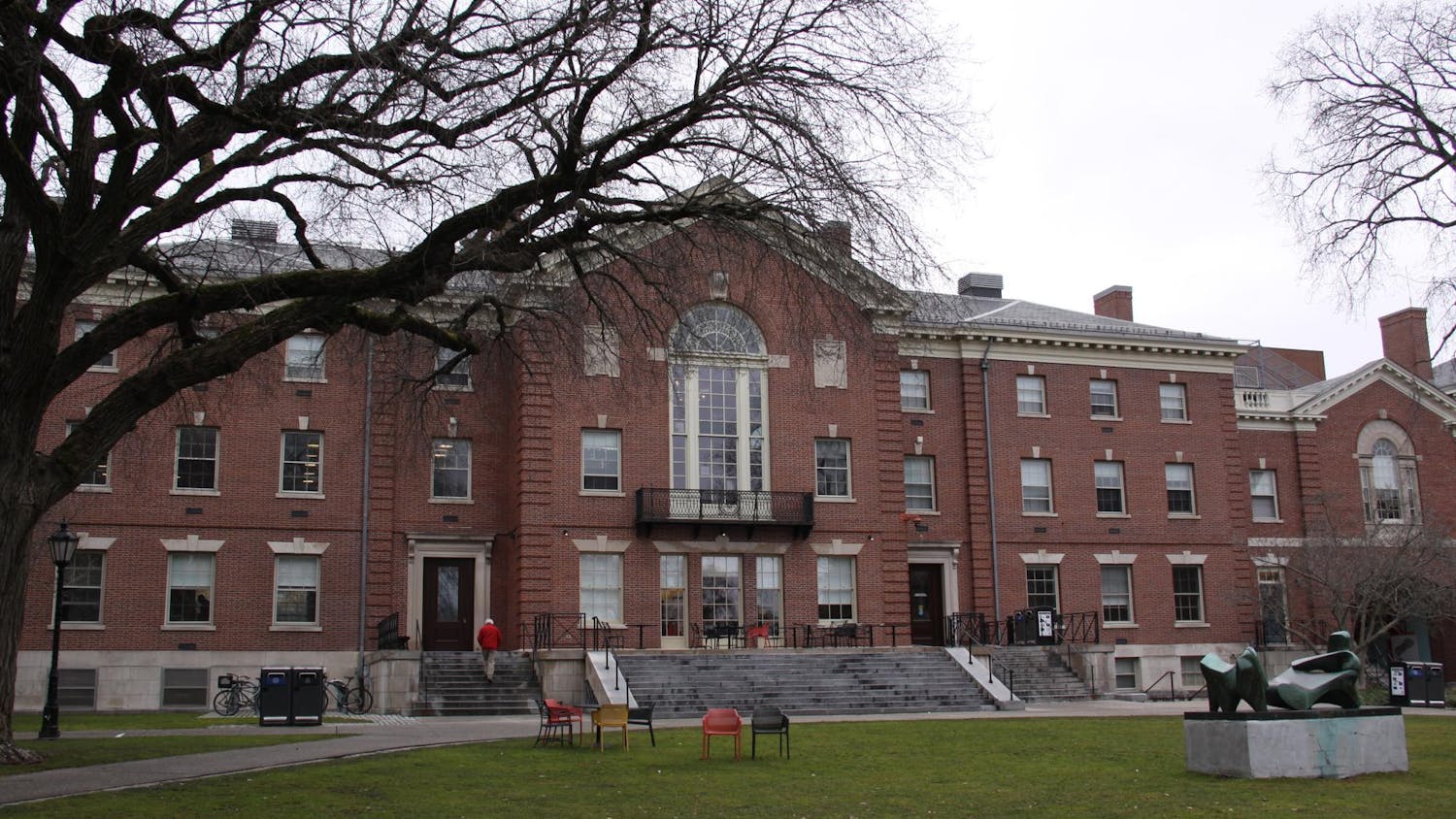A number of University measures — including increased officer presence, heightened emphasis on SafeRide and blue light emergency phone installation — has contributed to a decline in on-campus crime rates in recent years, according to a Feb. 13 community safety information email sent by President Ruth Simmons. But the 151 blue light emergency phones on campus primarily give students a sense of security and are rarely used in practice, said Paul Shanley, deputy chief and executive officer of the Department of Public Safety.
In the event that a student presses the emergency call button on a blue light phone, an officer is immediately dispatched to the area. The blue light phones continue to provide students with a quick way to contact the Department of Public Safety, but the system has been largely replaced by the use of cell phones, Shanley said.
"The blue lights make students in the community feel safer," Shanley said. "The system gives them a place just to press a button for assistance."
The system provides students with peace of mind, said Lisa Franklin '14, a Safewalk supervisor.
"There's a general impression that students can breathe a little bit easier with the blue lights around," Franklin said.
Students do not misuse the system through prank calls, Shanley said, adding that a false alarm is a rare occurrence. If no one is there when an officer arrives, the officer will check to see if the phone malfunctioned or if someone pressed the button and left.
In addition to this occasional check for blue light phone malfunction, DPS works to systematically maintain the service and minimize errors. Every month, a security officer works with Facilities Management to make sure each phone is working, Shanley said.
Franklin said she is also working to get an extra button installed on the blue light phones that will allow students to have Safewalk dispatched. The hope is that this will give the blue light phones an extra use, she added.
"This will make approaching a blue light less intimidating, because now the impression is that police officers will flood the area," Franklin said.
As the University grows, the blue light system will continue to expand to meet the needs of students across campus, Shanley said. The University is currently installing additional lights near the new Warren Alpert Medical School building and in other areas where new construction is taking place.
Though the usage rate for the blue light system is low, installing additional phones is "well worth it," Shanley said.
"It's just another tool for students to use for safety purposes," he said.




